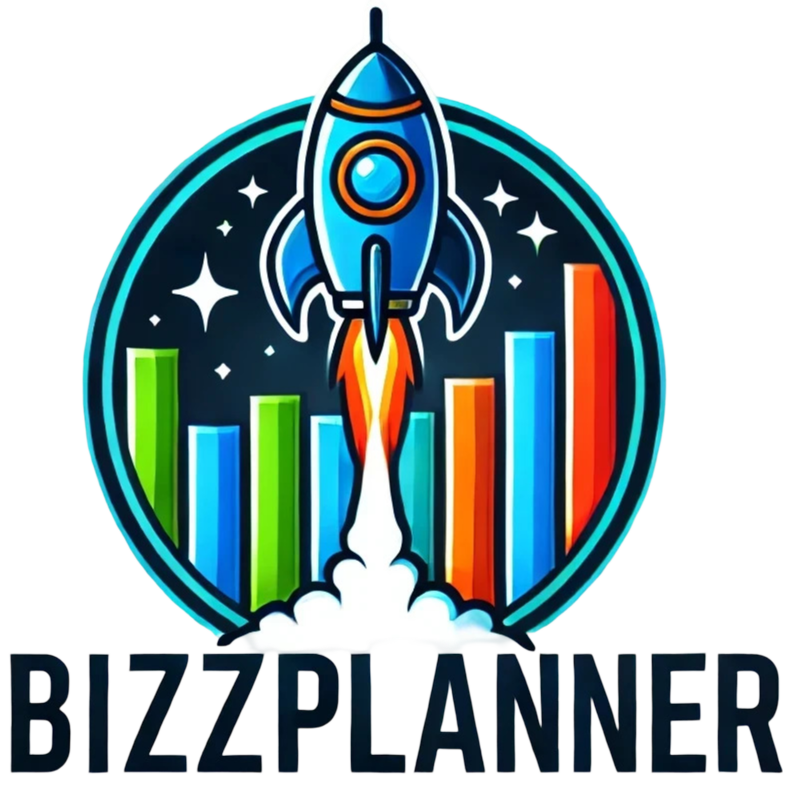Developing a content marketing plan can feel like one of those daunting puzzles where you can’t find the corner pieces. You might be wondering where to start or how to keep your ideas organized. Trust me, you’re not alone in feeling a bit overwhelmed!
But don’t worry—I’ve got you covered! By sticking with me, you’ll learn how to create a clear and effective content marketing plan that resonates with your audience and drives results. We’ll break it down step by step, making it less of a chore and more of an adventure.
From setting achievable goals to measuring your success, we’ll cover everything you need to get your content marketing on the right track. So, let’s roll up our sleeves and dig into the nitty-gritty, shall we?
Key Takeaways
Stefan’s Audio Takeaway
- Define clear, achievable content marketing goals using the SMART criteria.
- Understand your audience by creating detailed buyer personas.
- Conduct a content audit to assess what is working and what needs improvement.
- Choose diverse content types like blogs, videos, and infographics to engage different segments.
- Select distribution channels that match where your audience spends their time.
- Allocate sufficient resources, including budget and skills, for content creation.
- Create a structured content calendar to plan and organize your content flow.
- Develop relevant themes and topics based on audience interests and trends.
- Measure success with KPIs and adjust your plan based on analytics insights.

Step 1: Define Your Content Marketing Goals
The first step in creating an effective content marketing strategy is to clearly define your goals.
This gives your efforts direction and purpose.
Try to set specific targets like increasing brand awareness by 20% or generating 500 leads in the next quarter.
Common objectives include boosting website traffic (71%), increasing social media engagement (56%), and enhancing customer loyalty.
Make sure to align your goals with overall business objectives for greater impact.
Using the SMART criteria—Specific, Measurable, Achievable, Relevant, Time-bound—can help keep your goals focused and realistic.
Step 2: Identify and Understand Your Target Audience
Knowing who you’re talking to is crucial; 42% of marketers find understanding their audience a major challenge.
Start by creating buyer personas that represent your ideal customers.
Consider demographics like age, location, and income, but also delve into their interests and pain points.
Tools like Google Analytics and social media insights can help reveal valuable audience data.
Once you grasp who your audience is, tailor your content to address their needs and preferences.
This targeted approach can increase engagement and encourage loyalty.
Step 3: Analyze Your Current Content
A content audit is essential for understanding what’s working and what needs improvement.
Assess your existing content to see which pieces drive traffic and engagement.
Surveying data shows that 60% of marketers find content audits helpful in pinpointing gaps in their content.
Look for outdated information, underperforming articles, or overlapping topics.
You might even find gems that can be repurposed or updated for freshness.
Make notes on what types of content resonate best with your audience for future reference.

Step 4: Select Content Types That Suit Your Audience
Choosing the right content type is essential for engaging your audience.
Blog posts are still a key player, with 77% of internet users engaging with them.
Consider other formats too, like videos, podcasts, infographics, or webinars.
This variety increases the chances of reaching and resonating with different audience segments.
For instance, if your audience prefers quick consumption, short videos or social media posts might work better.
On the other hand, in-depth articles and e-books might attract those looking for a deeper understanding.
Experiment with a mix and see what sparks the most engagement.
Step 5: Choose the Right Channels for Distribution
Once you have your content ready, it’s time to think about where to share it.
Social media is vital, as 73% of marketers use it to promote their content.
Identify where your audience spends their time—LinkedIn for professionals, Instagram for younger demographics, or Facebook for a broader reach.
Don’t forget about email marketing; it’s a direct line to your audience and can generate significant traffic.
Additionally, consider guest blogging or partnerships for further exposure.
The key is to tailor your distribution strategy based on your audience’s preferences.
Step 6: Allocate Resources for Your Content Creation
Good content requires time and resources, so budgeting becomes critical.
Currently, 55% of marketers feel they need more resources to meet their content goals.
Start by assessing what you already have—team strengths, tools, and budget.
If your team lacks skills in specific areas, consider hiring freelancers or investing in training.
Also, utilize tools like editorial calendars to streamline efforts, making sure everyone is on the same page.
Balance quality with output to ensure you meet your content demands without sacrificing standards.
Step 7: Create a Structured Content Calendar
A content calendar is your roadmap for success.
It can significantly improve your efficiency; 65% of marketers who use one report better results.
Start by planning your content around key dates, events, or product launches relevant to your audience.
Outline what types of content you’ll create and when, ensuring a steady flow of information.
Be flexible to allow for trending topics or audience feedback.
Regularly review and update your calendar to stay relevant and engaged.
Step 8: Develop Relevant Themes and Topics
Themes guide your content strategy and keep it organized.
Think about what matters most to your audience; 86% are looking to increase brand awareness, so address those interests directly.
Break larger themes into smaller, manageable topics that can be tackled in individual pieces.
Use tools like [Google Trends](https://trends.google.com) to spot emerging subjects in your industry.
Engaging content is often about answering questions your audience may have, so listen to their needs.
This will not only make your content more relevant but also help establish you as an authority in your field.
Step 9: Measure Success and Adjust Your Plan
Measuring your content’s effectiveness is crucial for ongoing success.
Start by defining your Key Performance Indicators (KPIs)—like website traffic, lead generation, and social media engagement.
Use analytics tools to track these metrics and analyze what’s working and what’s not.
If you’ve noticed low engagement on certain posts, dig deeper into why that might be.
This could mean revisiting your audience’s interests or changing your content style.
Be ready to pivot and adapt based on the data, ensuring you stay aligned with your goals.
FAQs
Content marketing goals are specific objectives that guide your content strategy, such as increasing brand awareness, generating leads, or boosting customer engagement. They help measure success and inform future content creation efforts.
Identify your target audience by analyzing demographics, interests, behaviors, and pain points. Conduct surveys, use analytics tools, and study competitor audiences to gain insights that help tailor your content effectively.
A content calendar helps organize publishing schedules, ensures consistent content delivery, and keeps your team on track. It allows for better planning and coordination, leading to more effective content marketing strategies.
Measure content success by tracking metrics like website traffic, engagement rates, lead generation, and conversion rates. Use tools like Google Analytics and social media insights to analyze performance and make data-driven adjustments.
